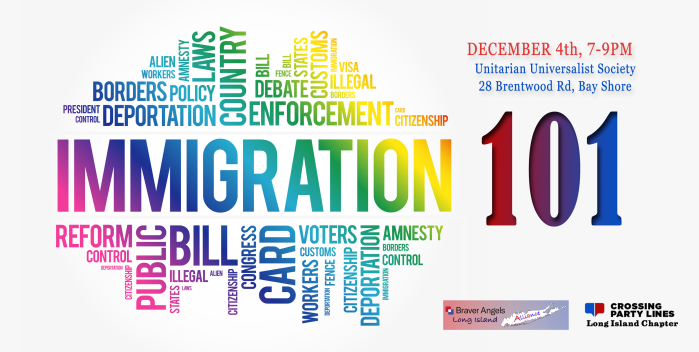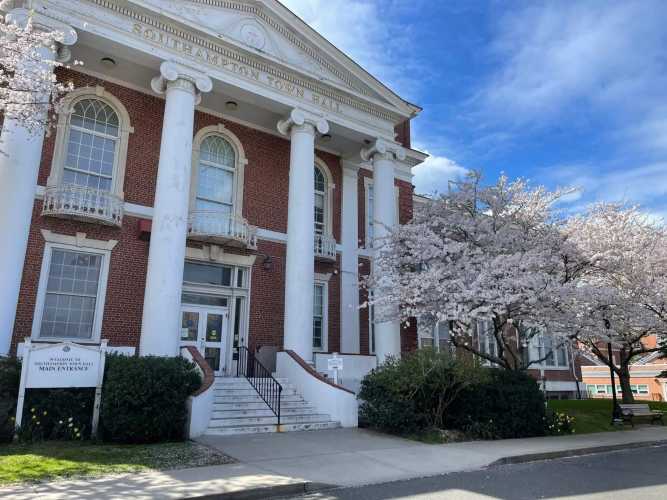“Thank God we’re not in Newark,” the flight attendant said with a tone of relief.
We had just boarded her Delta flight from LaGuardia Airport to Cleveland, one of the most underserved cities in the United States. She was not complaining about the lack of service to Cleveland, but rather the fact that flying out of Newark lately has ranged from frustrating to terrifying.
The reputation of United Airlines, which is the primary airline serving Newark, has also suffered tremendously.
Flying in the unfriendly skies above Newark Airport, United has more cancellations than its rivals and more flight delays. Yet the problem is not primarily with the airline or its crews or its aircraft. The problem is primarily with air traffic control, the vital traffic cops who monitor the skies and keep aircraft from smashing into each other.
Last Monday the damn Newark air traffic control screens went blank for 90 seconds. As giant aircraft hurtled through the skies above New Jersey at 200-300 mph, there was nobody directing traffic. Their screens were blank; catastrophe beckoned.
Hundreds of flights to and from Newark were cancelled or otherwise disrupted. It is a miracle no one was hurt physically. And then it happened a second time.
The New York Times, ABC News, and others are reporting another 90-second Newark blackout early this past Friday morning. Flying blind, another disaster narrowly averted. Then, fasten your seat belts, there was a third system outage on Sunday. Three. In two weeks. Unlike the first two, Sunday’s involved a momentary failure of a backup system.
In a wonderful piece of enterprise reporting, the New York Times cited a publicly available recording of air traffic radio conversations. The Times quotes the extraordinary radio exchange between a FedEx pilot and Newark air traffic control. The controller speaks first,
“FedEx 1989, I’m going to hand you off here- our scopes just went black again,” the controller says, “If you care about this, contact your airline and try to get some pressure for them to fix this stuff.”
“Sorry to hear about that,” the pilot replies, presumably freaking out. I know I would be if I were him.
The dual blackouts come as the public is still reeling from the collision above National Airport in D.C. this past January between an Army Blackhawk helicopter and an American Airlines flight from Wichita, Kansas, killing everyone, all 67 passengers and crew on both aircraft. How could it happen in what is supposedly some of the most tightly controlled and regulated airspace in the nation?
The incidents first ignited a MAGA-driven, low-brow debate over DEI hiring among pilots and air traffic controllers.
I see the source of what ails our skies differently. To me and many more expert than me, the troubles date back to 1981, when President Reagan broke the strike of the Professional Air Traffic Controllers Organization. He fired and banned for life all 11,345 controllers from federal service.
They had participated in an illegal strike, so they were gone, banned, and our system has never fully recovered. The FAA eventually struggled to rebuild its workforce, but virtually every commentator and expert agrees things were never the same.
Sean Duffy, the new Transportation Secretary and a friend from Fox, breezed to Senate confirmation, 77-22, but has since been scrambling to restore confidence in commercial aviation. He vows to replace antiquated systems and ignite a hiring spree.
It is an enormously expensive enterprise. He is asking Congress to spend “tens of billions” to address airport congestion, flight cancellations, and air traffic control.
As DOGE, Musk & Co. strive to end waste, fraud, and abuse, hopefully, they can recognize a request that is life and death.


































